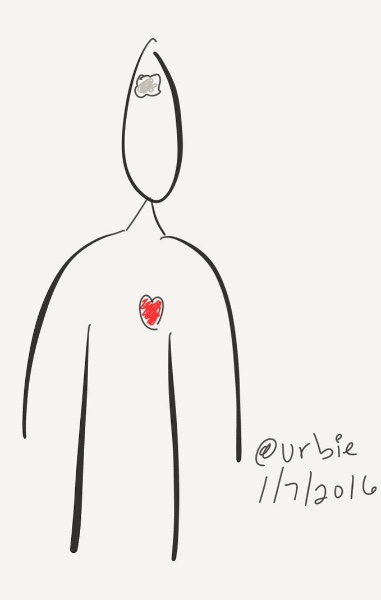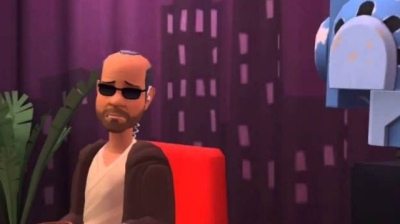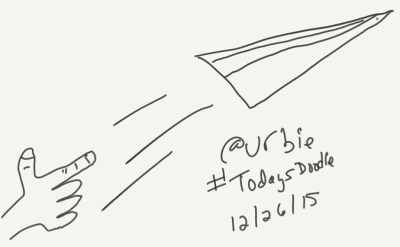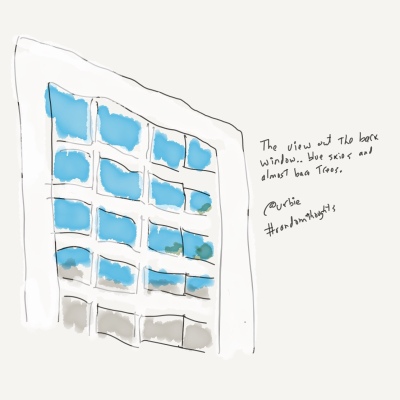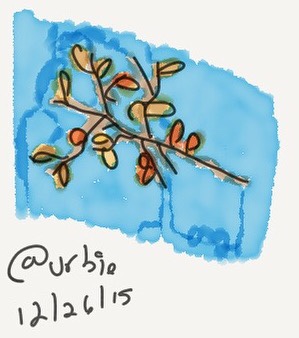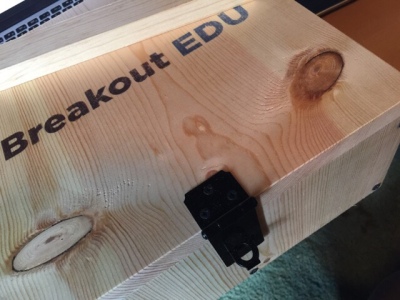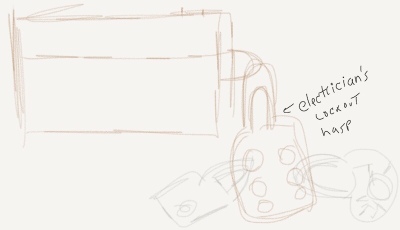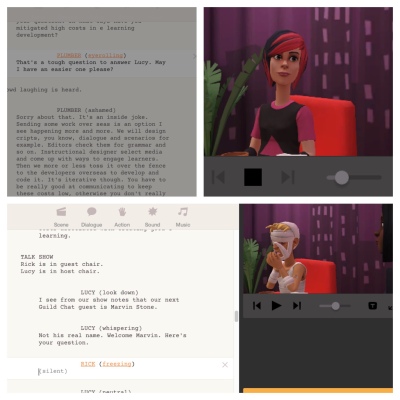Initial meetings with clients can be illuminating.
LEARNING ENABLES HEARTS AND MINDS TO GET MOVING
The other day I met with a new client. Their team and I are in the "getting to know you" stage. They showed me a number of slides with data on how many courses were in production, how many were live on their LMS and how many courses were taken by their employees.
When I asked about results, what we refer to in the business as return on investment, they drew a blank. Sadly, this is typical. Their data tell a story about butts-in-seats: developing and completing training. But learning is so much more than that.
Don Wettrick teaches a course on innovation at his high school in Indiana. In a Periscope video this morning he talked about how he's considering moving away from traditional grading to PASS/FAIL.
Reflecting on his thoughts I got to thinking that the methods my client and Don use to assess learning misses on efficacy. How well did they achieve their planned result?
One (among many) things I've learned after two years of professional development (PD) alongside K-12 teachers is that mistakes matter. They're a significant part of the learning process. My client, tracking the data they do, don't have visibility on the number of mistakes their organization is making. They don't know if the training they've developed has moved the organization towards its planned result.
OUTRO
I would suggest to Don that grades are important. PASS/FAIL doesn't capture the mistakes learners make along the way. I don't believe grades are a carrot to entice learners to do better for the sake of a higher grade. In Don's Pure Genius he writes how learners say what they're going to do, how much their ultimate work will be worth and then assess along the way and at the end. I believe learning is much more than butts-in-seats. It's about enabling learners to get their hearts and minds in motion doing stuff. Honor the mistakes learners make along the way. Keep the grades.
